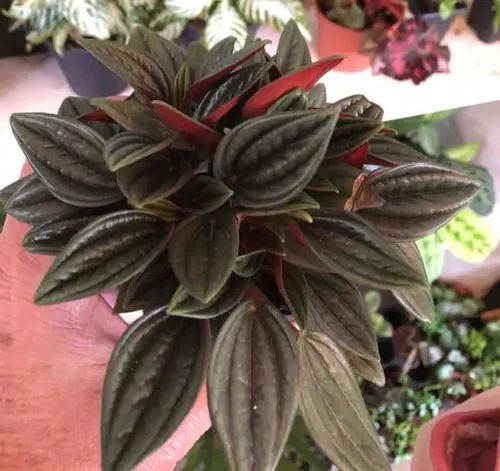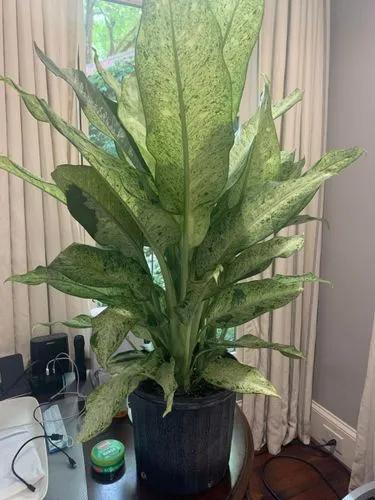Felted Pepperface is a popular aesthetically pleasing and low-maintenance houseplant. It is a perennial succulent with small, glossy, felt-like, or hairy leaves, making it an excellent addition to any residence or workplace.
Felted Pepperface Care
Peperomia incana



Native to Brazil, the Peperomia incana is a small, low-maintenance houseplant. Also known as Felted Pepperface, this fluffy leaf plant gets its common name from the soft, fuzzy hairs that cover its foliage. Interestingly, not only do these hairs give the plant a distinctive texture, but also they shield it from extreme temperatures and intense sunlight.
To identify Felted Pepperface, look for small, oval leaves with a velvety texture. This plant's leaves are typically light green but may turn slightly red when exposed to direct sunlight.
How to Care for the Plant

Water

As a succulent plant, Felted Pepperface doesn't require frequent watering. Give it a drink only when the soil feels completely dry to the touch. Avoid water sprinkling on the leaves, as it can cause rotting.

Pruning

This fluffy greenie is a slow grower, so pruning it is not necessary. If you still would like to trim the plant, use clean, sharp scissors to remove dead or damaged leaves in spring or early summer.

Fertilizer

This succulent doesn't require frequent feeding; however, you can boost it with a balanced, water-soluble fertilizer once every 2-3 months during the spring-summer growing season.

Sunlight

Bright, indirect sunlight would make this plant thrive. Place your Felted Pepperface near a south or east-facing window, where it can receive bright, filtered sunlight for several hours a day. Avoid direct sunlight exposure, as it might scorch the plant's leaves.

Soil

A medium-textured, well-draining, pH-neutral (5-7.5) potting mix would benefit this fluffy greenie most. Opt for sandy and loamy soil for growing Felted Pepperface.

Propagation

Stem cutting is the easiest way to propagate Felted Pepperface. Cut a healthy plant stem with a sharp, clean blade and put it in a moist potting mix. Keep the sprout consistently moist but not waterlogged, and it will root in a few weeks.

Temperature

Felted Pepperface plants grow best in the 70-80°F (21-27°C) temperature range. Make sure to protect them from drafts and extreme temperature fluctuations.

Container

Choose a large enough pot to accommodate the plant's roots and allow for some growth. Don't plant Felted Pepperface in a too big pot, and make sure the container has drainage holes to prevent waterlogging.

Fun fact

The Felted Pepperface has one of the most extended leaf life spans of any houseplant, with foliage typically lasting up to two years. It means that if you properly care for this greenie, you can enjoy it for a long time.

Popularity

92 people already have this plant 30 people have added this plant to their wishlists
Discover more plants with the list below
Popular articles






